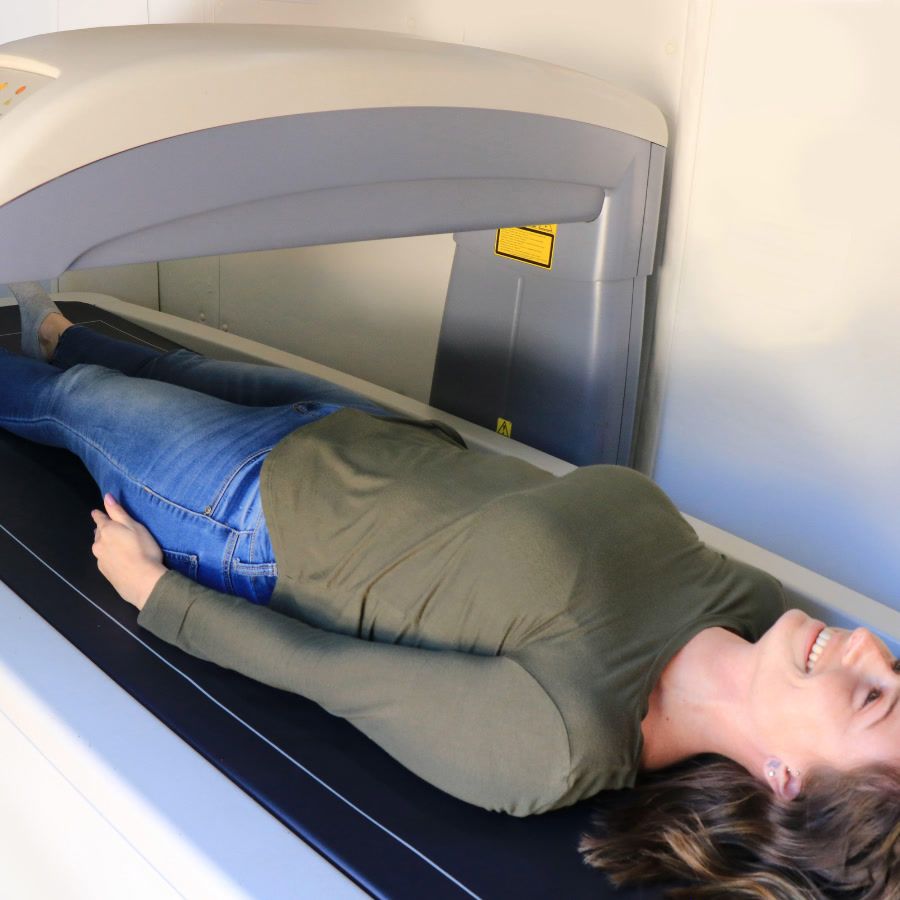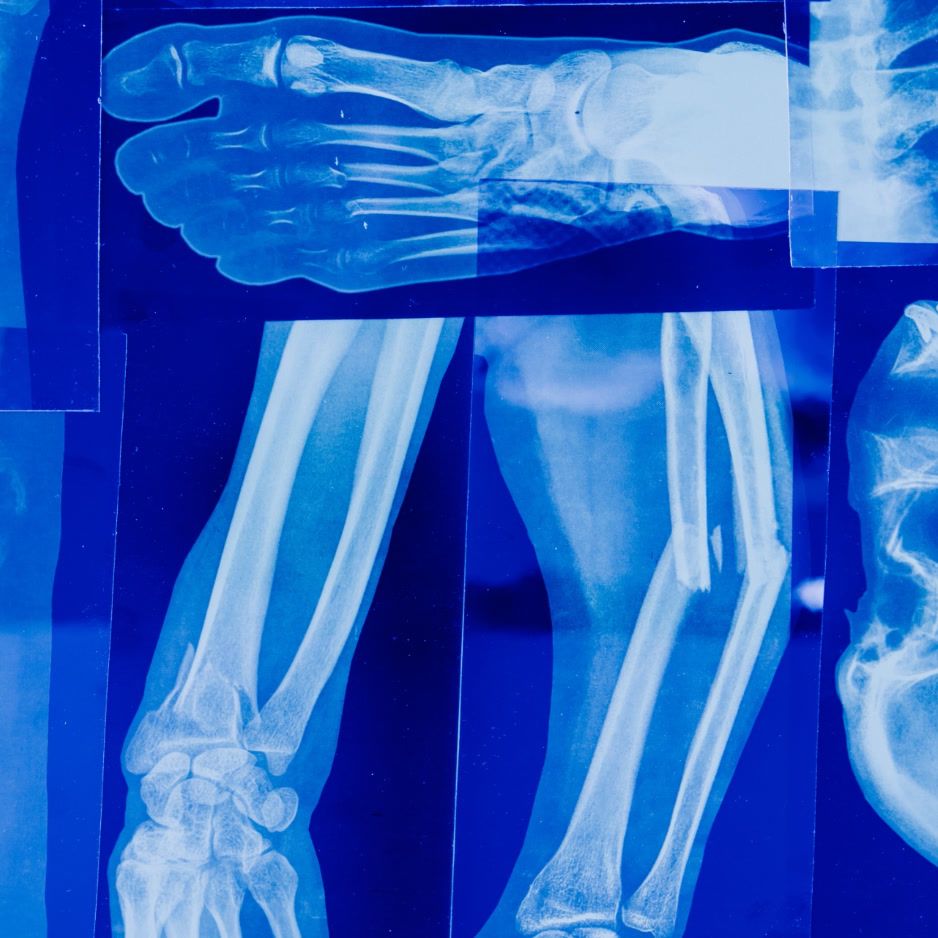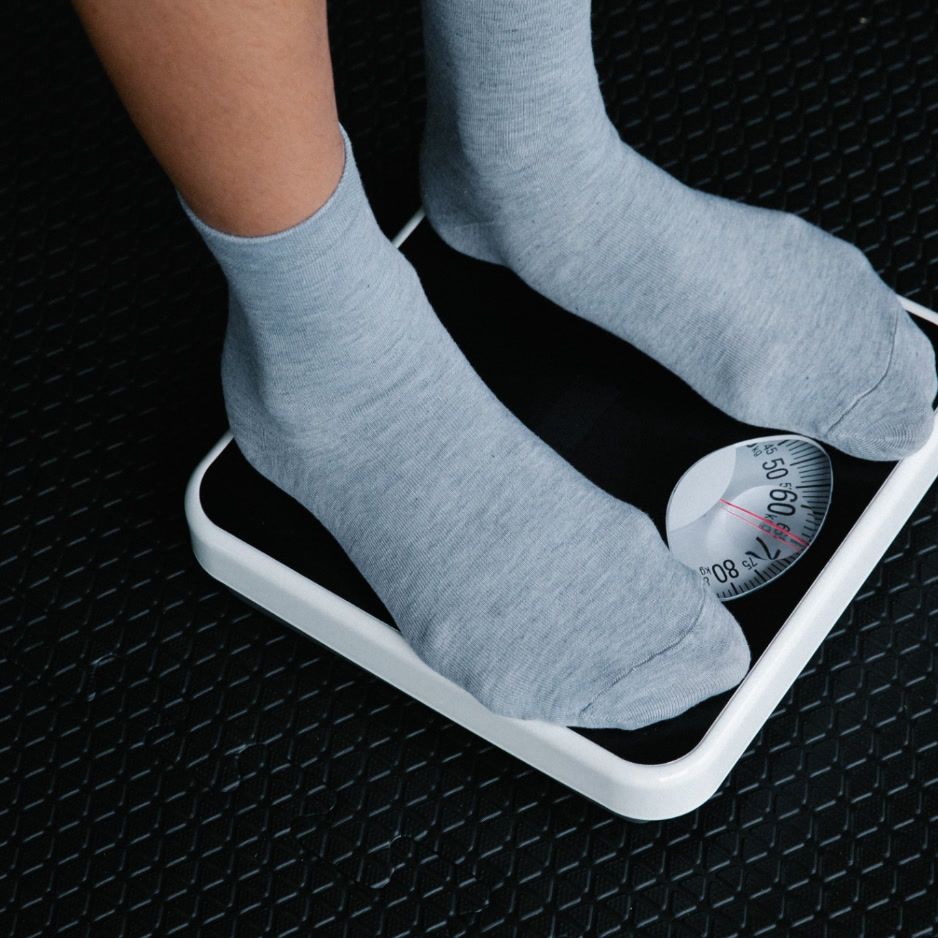Renaissance Periodization: Principles and Guide
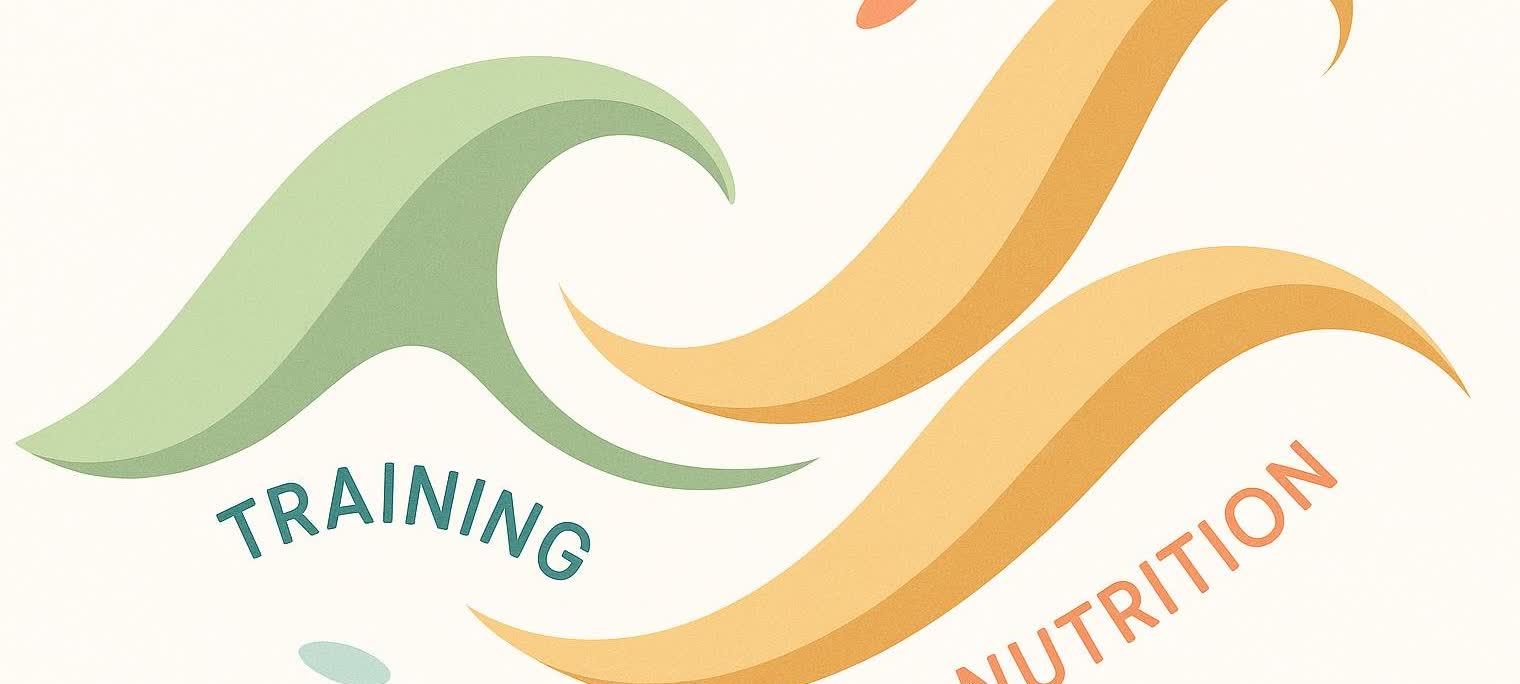
Renaissance Periodization: Principles & Templates Guide
Before starting any new nutrition or training regimen, consult with a qualified coach or healthcare provider to ensure it aligns with your individual needs and goals.
Renaissance Periodization (RP) translates complex sports science into actionable nutrition and training plans for everyone from first-time lifters to world-class athletes. It cycles volume, intensity, and nutrition targets in synchronized waves to maximize muscle gain and fat loss while keeping fatigue in check.
Table of Contents
- What Makes Renaissance Periodization Different?
- The 7 Scientific Principles at the Core of RP
- Periodization in Practice: Macrocycle → Mesocycle → Microcycle
- The RP Diet Framework: Cutting, Maintenance, and Massing Phases
- RP vs. Traditional Periodization Models — Side-by-Side Chart
- Example 12-Week Schedules
- How to Track Progress With BodySpec DEXA Data
- FAQ
- Next Steps
What Makes Renaissance Periodization Different?
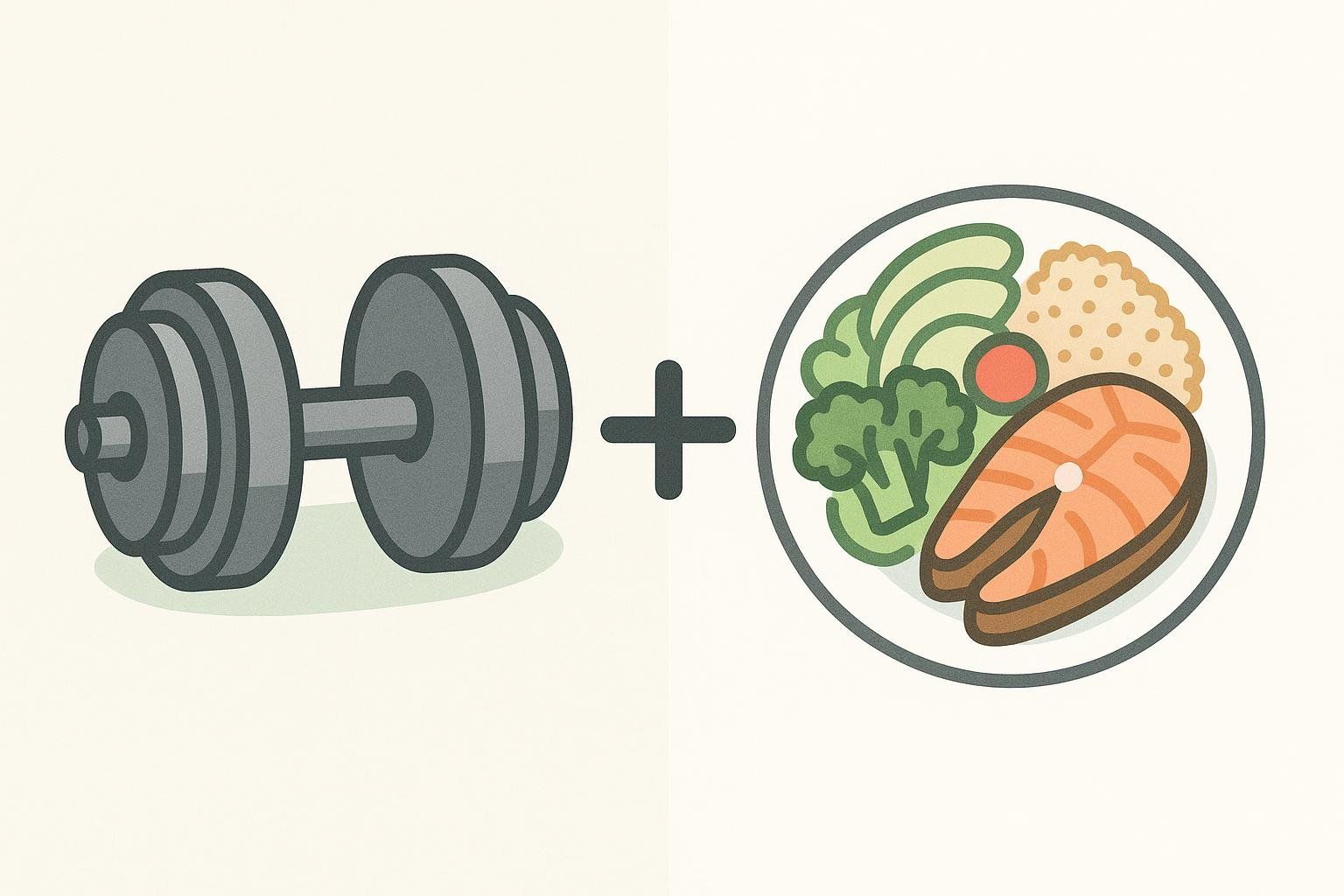
RP's key differentiator is its integration of training and nutrition—both variables rise and fall together on a structured calendar.
Developed by Dr. Mike Israetel and his team, this evidence-based system draws on peer-reviewed research and data from over 175,000 app users to refine its recommendations. The goal is better recovery, fewer plateaus, and measurable body-composition change in predictable timeframes—concepts explored in depth in the book Scientific Principles of Hypertrophy Training.
Key differentiators:
- Evidence-guided programming. Research and large-scale user data inform all recommendations.
- Built-in fatigue management. Deloads and diet breaks are scheduled, not improvised.
- Adaptive tools. Weekly check-ins inside the RP apps auto-adjust loads or macros as you progress.
👉 Already periodizing but want more background? Check out our primer on periodization training.
The 7 Scientific Principles at the Core of RP
Dr. Israetel condenses decades of exercise science into seven concepts that drive every RP template (expanded in the book Scientific Principles of Strength Training):
| Principle | One-Sentence Summary |
|---|---|
| Specificity | Train for the exact adaptation you want—strength, hypertrophy, endurance. |
| Overload | Do more over time (weight, reps, density) to force progress. |
| Fatigue Management | Layer hard weeks with deloads so recovery keeps pace with overload. |
| Stimulus-Recovery-Adaptation | Muscles need hard stimulus, adequate recovery, then time to grow. |
| Variation | Rotate exercises, rep ranges, and food choices to avoid adaptive resistance. |
| Phase Potentiation | Early phases set up later ones; e.g., hypertrophy lays the base for strength. |
| Individual Differences | Adjust volumes, frequencies, and calories to your genetics and lifestyle. |
Periodization in Practice: Macrocycle → Mesocycle → Microcycle

Before diving into RP’s nuts and bolts, let’s clarify the three time horizons that strength coaches use to organize training:
- Macrocycle: The big picture—usually a 6- to 12-month block (or an entire competitive season) that captures your overarching goal such as a physique show or marathon.
- Mesocycle: A smaller phase—typically 4–6 weeks—focused on a specific adaptation (e.g., hypertrophy or strength). Several mesocycles string together to form the macrocycle.
- Microcycle: The week-to-week schedule (most often 7 days) that details exact workouts, sets, and exercises.
Below is an example hypertrophy mesocycle inside the broader RP framework. Note how volume (sets) increases week to week while intensity (%1RM) edges upward—this "volume-first linear progression" is typical of RP’s approach to muscle growth.
| Week | Volume (sets per muscle) | Intensity (%1RM) | RIR | Notes |
|---|---|---|---|---|
| 1 | 12 | 65–70 | 3 | Ease in — RIR 3 ≈ 3 reps left in the tank |
| 2 | 14 | 70–72 | 2 | Gradual overload; monitor joints & sleep |
| 3 | 16 | 72–75 | 1 | Peak fatigue — expect DOMS and hunger |
| 4 | Deload | 60 | 4–5 | Recovery week; light weights & mobility |
RIR (Reps in Reserve) estimates how many additional reps you could perform before failure; lower numbers mean sets taken closer to failure.
The RP Diet Framework: Cutting, Maintenance, and Massing Phases
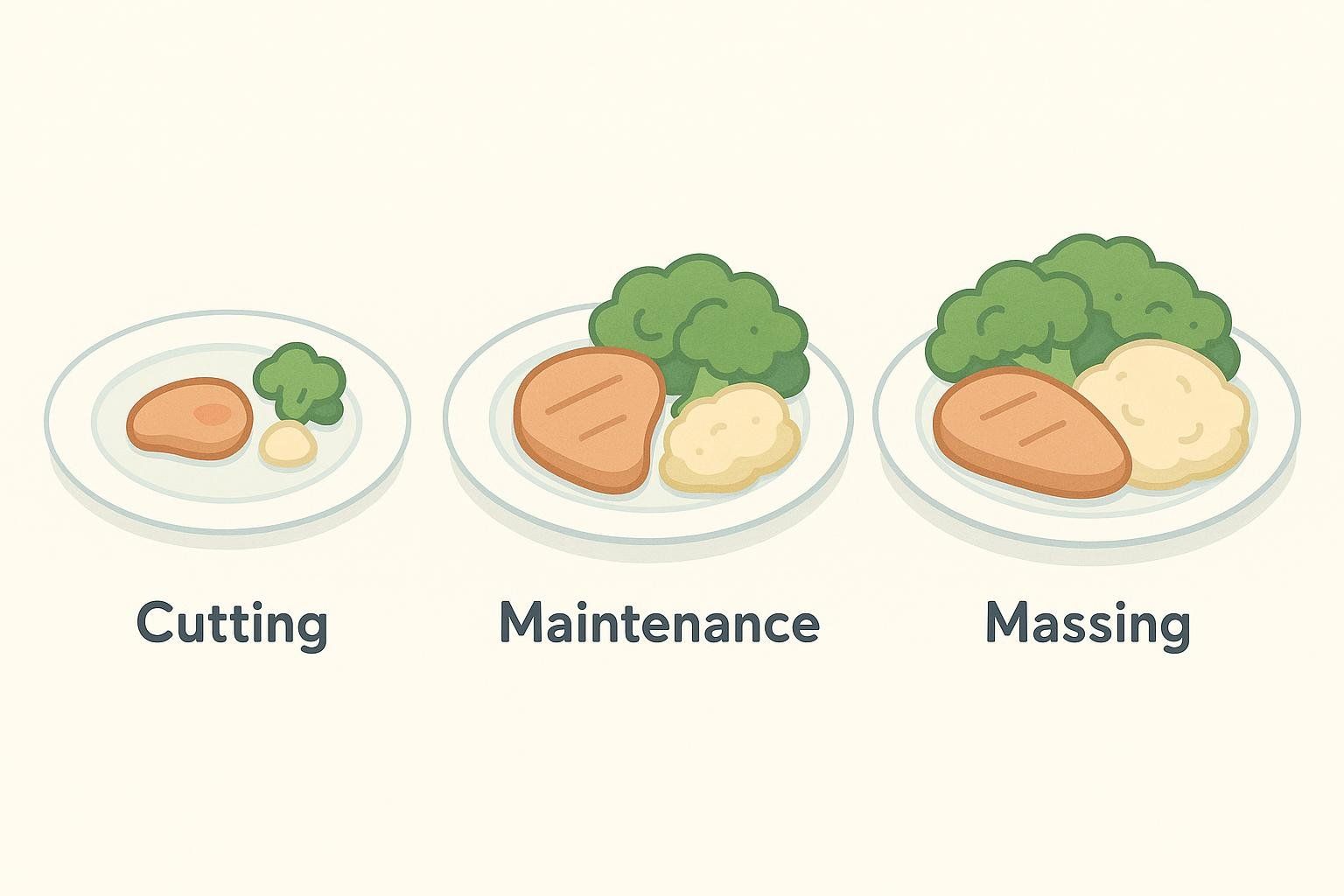
The RP diet framework—adapted from The Renaissance Diet 2.0—organizes nutrition into three distinct phases, each with its own calorie and macro targets.
Below, “Lean Body Mass” (LBM) is your total weight minus fat mass. Using LBM for macro calculations targets metabolically active tissue, giving a more precise prescription than total body weight.
| Phase | Goal | Calorie Target | Protein Target (g/kg LBM) | Carb Strategy (g/kg LBM) | Fat Strategy (g/kg LBM) | Typical Length |
|---|---|---|---|---|---|---|
| Cutting | Lose ~0.5–1 % body-weight per week | 20–25 % deficit | 2.0–2.4 | 3.0–4.0, timed around training to fuel performance and recovery | 0.7–0.9 | 8–12 weeks |
| Maintenance | Hold weight & restore hormones | Maintenance calories | 1.8–2.0 | 4–5 spread through day | 0.9–1.0 | 4–8 weeks |
| Massing | Gain 0.25–0.5 % body-weight per week | 10–15 % surplus | 1.8–2.0 | 5–7 to maximize training quality | 0.8–1.0 | 8–16 weeks |
RP vs. Traditional Periodization Models — Side-by-Side Chart
Quick Primer on the Other Models
- Linear periodization: You increase intensity while steadily reducing volume across an extended timeline—ideal for athletes who need to peak at a specific competition.
- Undulating periodization: Intensity and volume fluctuate day to day or week to week (e.g., heavy Monday, moderate Wednesday, light Friday), keeping the stimulus varied and preventing stagnation.
- Block periodization: Training is divided into sequential "blocks" (accumulation, transmutation, realization). Each block develops a targeted quality—strength endurance, then maximal strength, then power—with a planned taper before competition.
The comparison below draws on standard definitions from Tudor Bompa’s Periodization: Theory and Methodology of Training (6th ed., 2019) and the National Strength and Conditioning Association’s periodization guidelines.
| Feature | Renaissance Periodization | Linear | Undulating | Block |
|---|---|---|---|---|
| Integrates Nutrition? | Systematic (diet phases are built-in) | Often planned separately | Often planned separately | Often planned separately |
| Fatigue Management | Programmed deloads + diet breaks | Occasional deloads | Varies intensity/volume weekly or daily | Builds fatigue, then tapers for performance |
| Volume Progression | Escalating sets per muscle | Intensity ↑, volume ↓ | Varies load & reps daily or weekly | Block-specific progression |
| Individualization | App-driven auto-regulation available | Typically requires manual adjustment | Typically requires manual adjustment | Typically requires manual adjustment |
| Often Recommended For | Body-recomp & hybrid athletes (training for both strength and endurance) | Strength peaking | General fitness | Power athletes |
Example 12-Week Schedules
The following outlines illustrate how RP principles can be structured for different goals.
Schedule A – Fat-Loss & Hypertrophy Focus
| Week | Training Focus | Calories | Key Notes |
|---|---|---|---|
| 1–4 | Hypertrophy Phase 1 | 20 % calorie deficit | Upper/lower 4 ×/wk, 10–12 sets per muscle |
| 5 | Deload + Diet Break | Maintenance calories | Reduce sets by 50 % |
| 6–9 | Hypertrophy Phase 2 | 25 % calorie deficit | Add metabolic finishers (short, intense circuits to maximize calorie burn); train to RIR 2 |
| 10 | Deload | 5 % calorie surplus | Brief surplus (refeed) to restore glycogen and support psychological recovery before the final push. |
| 11–12 | Strength Phase | 15 % calorie deficit | 3 ×/wk full body; reps 3–6 |
Schedule B – Strength & Massing Focus
| Week | Training Focus | Calories | Key Notes |
|---|---|---|---|
| 1–4 | Hypertrophy Phase | 10 % calorie surplus | Push/pull/legs 5 ×/wk |
| 5 | Deload | Maintenance calories | Light technique work |
| 6–9 | Strength Phase | 12 % calorie surplus | Upper/lower 4 ×/wk; 75–85 % 1RM |
| 10 | Deload | Maintenance calories | Reduce volume 60 % |
| 11–12 | Peaking Phase | 5 % calorie surplus | Focus on heavy loads in the 3–5 rep range; avoid true 1RM attempts. |
How to Track Progress With BodySpec DEXA Data
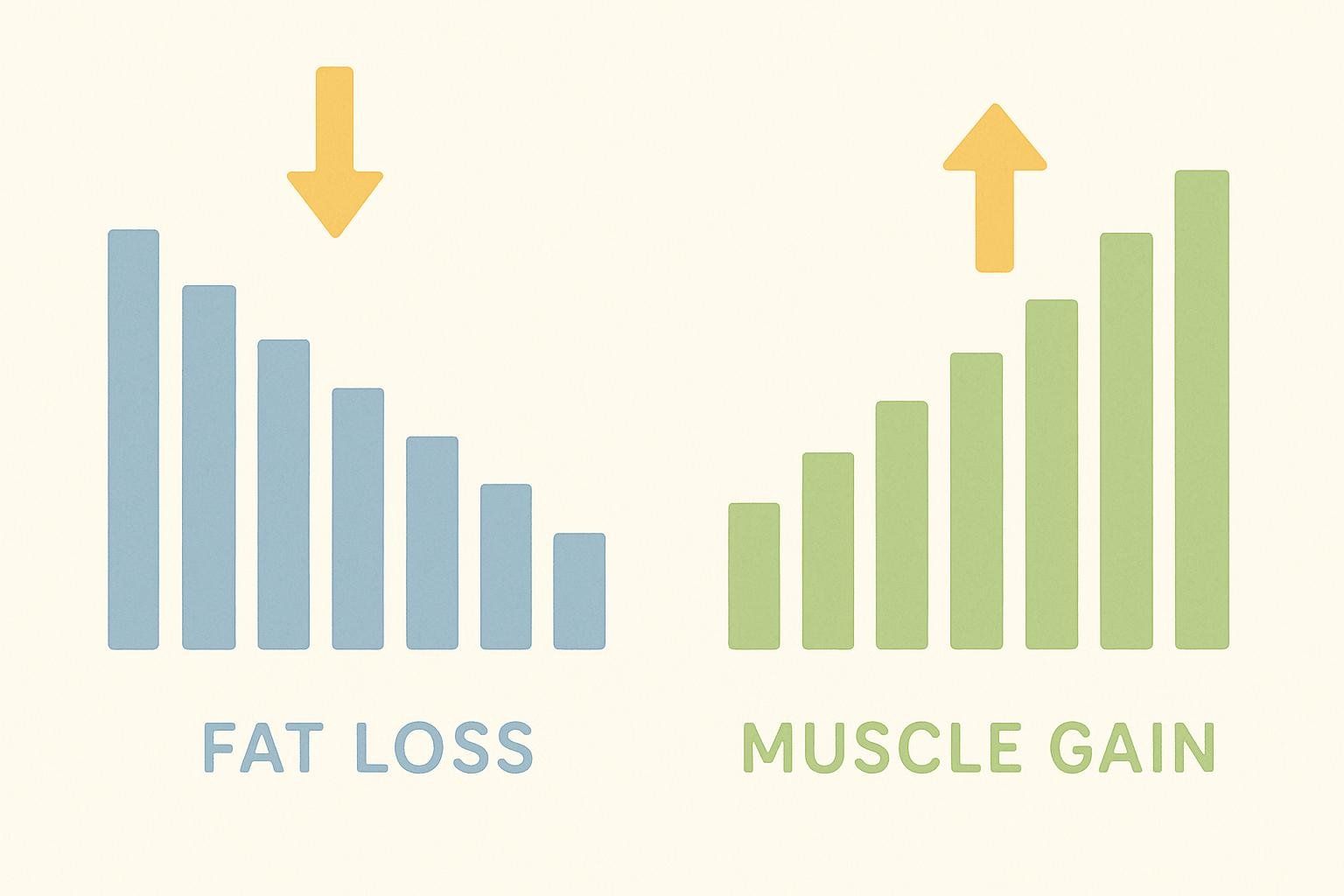
A DEXA scan provides a precise breakdown of fat mass, lean mass, and visceral fat, resolving the confusion of scale weight. Pairing RP with quarterly scans lets you:
- Verify that a fat-loss phase is successfully sparing muscle mass.
- Quantify the exact amount of lean mass gained during a massing phase.
- Track regional fat loss in specific areas (e.g., waist, legs, arms) to validate your template tweaks.
New to DEXA? Check out our guide to the DEXA scan process for pricing, dosage information, and result interpretation.
FAQ
How long is a typical RP mesocycle?
Most last 4–6 weeks, ending with a 5–7-day deload.
Do I need the RP apps, or can I DIY?
While the apps automate tracking, the underlying principles can also be applied manually using a spreadsheet and food scale.
Can endurance athletes use RP?
Yes—there’s an endurance template that manipulates mileage and macros while still following overload and fatigue-management rules.
How soon should I see results?
Most people feel a difference (more energy, better recovery) within the first 4-6 weeks. Measurable changes in body composition, like muscle gain and fat loss confirmed by a DEXA scan, are more likely after completing a full 8–12 week training block.
Where can I learn more?
Explore free articles and research summaries in the RP Strength education hub or browse their eBooks for deeper dives.
Next Steps
- Select the example schedule above that best fits your primary goal.
- Schedule a baseline BodySpec DEXA scan to lock in your starting metrics.
- Execute your program and schedule a follow-up scan at week 12 to measure changes.
- Use your DEXA data to evaluate the schedule’s effectiveness and guide your next phase.
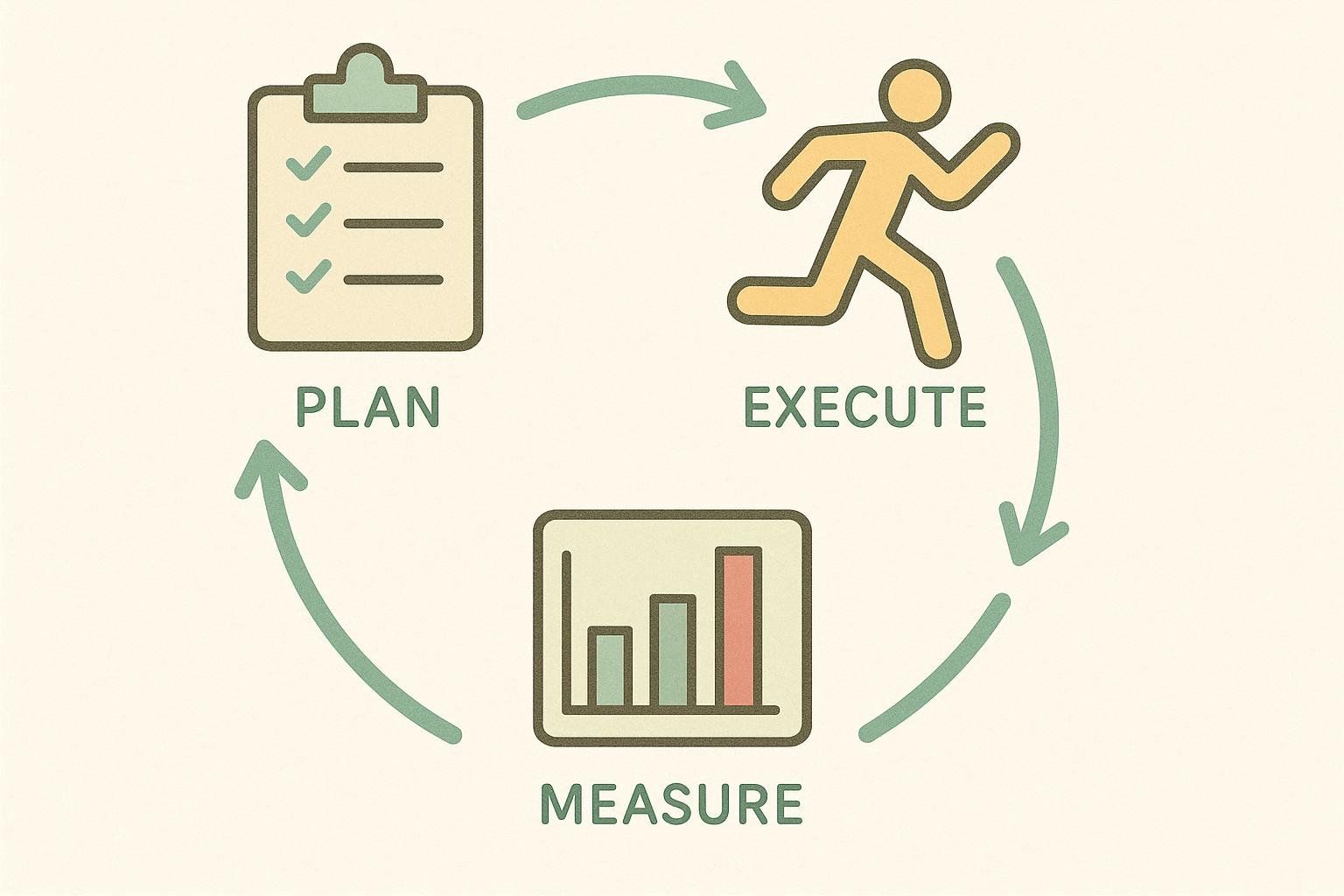
Pairing a structured RP plan with objective BodySpec data moves you beyond guesswork and helps you track progress with greater accuracy.
